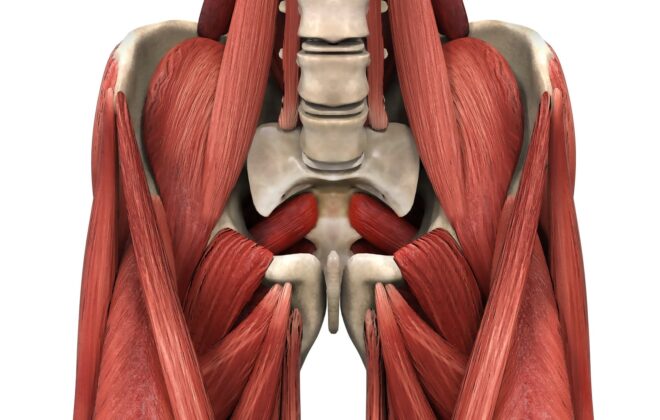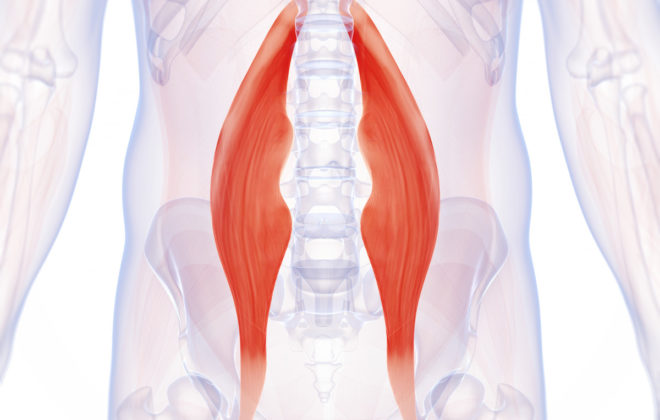Massage For Psoas Muscle – How To Perform Step By Step
When it comes to dealing with the psoas muscle, taking a soft-tissue perspective can be highly beneficial. In this step-by-step guide, we will explore an effective massage technique for the psoas muscle. This technique, inspired by Paul St. John, focuses on gentle manipulation and proper release to reduce tension and facilitate relaxation.
By incorporating this approach, you can effectively target the psoas muscle and promote overall well-being. Let’s delve into the process.
Step 1: Approach the Psoas Muscle from the Soft-Tissue Perspective
To begin, approach the psoas muscle from the lateral side of the abdominal wall. Remember, gentleness is key. By being mindful of the surrounding structures, such as the viscera, you can ensure a safe and effective massage. Start with a swirling motion to gently displace the viscera and clear the way for accessing the psoas muscle.
Step 2: Identifying Areas of Tension and Resistance
As you swirl your way around the side of the abdomen, pay attention to areas of resistance. When you encounter the first barrier of resistance, pause gently and allow it to release. You can facilitate this release by guiding the individual to take a deep breath, hold it momentarily, and then exhale and relax. By maintaining a non-threatening approach, you can trigger a relaxation effect within the nervous system.
Step 3: Continuing the Release Process
Once you achieve the initial release and the tension starts to dissipate, proceed further. Swirl your way down until you encounter the next barrier of resistance. Repeat the process of deep breathing and relaxation to encourage the release of tension in this area. Remember to be cautious and avoid any aggressive techniques that may compromise the surrounding visceral structures.
Step 4: Extending the Soft Tissue Treatment
To ensure a comprehensive soft tissue treatment, it is important to address the inguinal area, which includes ligaments and extends towards the hip. Gradually work your way down from the femur bone towards the attachment of the hip flexors. By following this methodical approach, you can effectively target the psoas muscle and surrounding tissues.
Step 5: Incorporating Facilitation and Inhibition Techniques
While soft tissue manipulation is essential, it is equally important to engage the nervous system and reinforce new movement patterns. Once you have relaxed the psoas muscle, focus on facilitating and activating other muscles. This includes exercises to engage the glutes, hamstrings, and other reciprocal muscles. By doing so, you can maintain the positive effects of the treatment and promote long-lasting results.
Step 6: A Holistic Approach for Optimal Results
To achieve the best outcomes, it’s important to adopt a multi-pronged approach when working with the hip flexors. Combine soft tissue work, stretching, and activation exercises to ensure comprehensive care. This holistic approach helps to strengthen and support the psoas muscle, facilitating improved movement patterns and reduced tension.
Conclusion
By following this step-by-step guide, you can effectively address the psoas muscle through a soft-tissue perspective. Remember to approach the massage with gentleness, focusing on releasing tension and promoting relaxation. Additionally, integrating facilitation and inhibition techniques will help re-educate the nervous system and maintain the positive effects of the treatment. If you require further assistance or have any questions, don’t hesitate to reach out to our team. Happy therapeutic endeavors!
Sam Visnic
Most Popular Posts
Categories
- Deep Gluteal Pain Syndrome (8)
- Deltoids (2)
- Foam Rolling (2)
- Glutes (9)
- Hamstrings (5)
- Hypnosis for Pain (3)
- Lats (2)
- Levator Scapulae (4)
- Lifestyle (8)
- Massage Therapy (39)
- Mobility (21)
- Movement and Exercise (19)
- Muscles (22)
- Nutrition (2)
- Obliques (1)
- Pain (25)
- Pectorals (3)
- Piriformis (3)
- Plantar Fasciitis (11)
- Psoas (11)
- Quadratus Lumborum (3)
- Quadriceps (2)
- Rhomboids (3)
- Sciatica (1)
- Serratus Anterior (1)
- SI Joint (14)
- Sternocleidomastoid (1)
- Stretching (18)
- Subscapularis (1)
- TMJ (2)
- Trapezius (1)
- Uncategorized (12)









